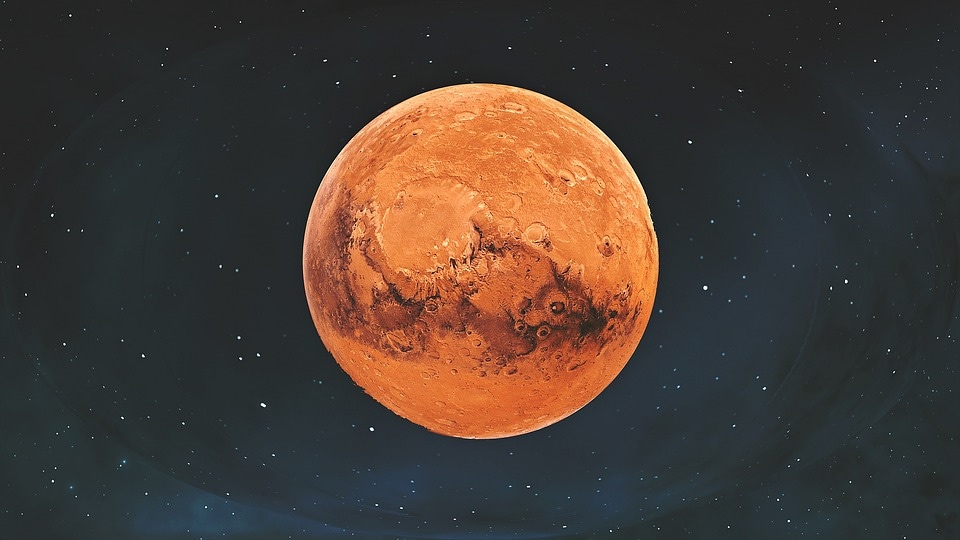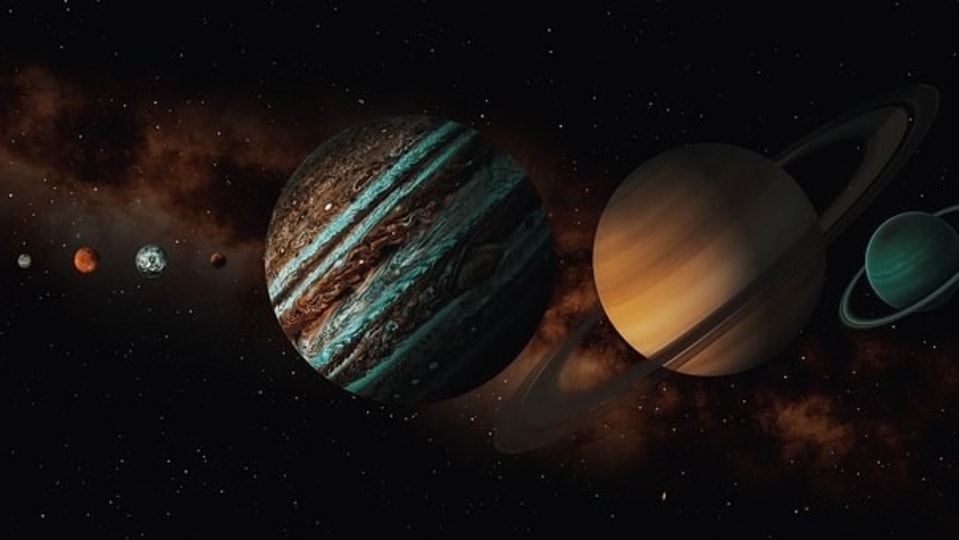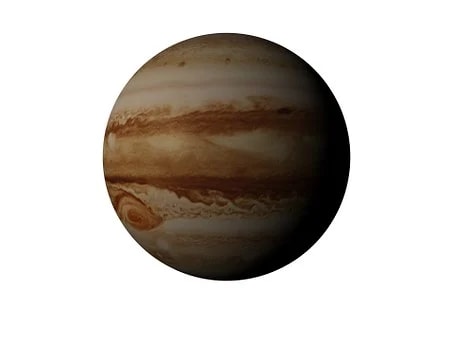CME storm effect! Sun sparks auroras without even hitting Earth
Stunning auroras were seen inside the Arctic Circle as a result of a recent CME storm which did not even hit Earth!






 View all Images
View all ImagesCME is one of the most influential drivers of solar storms and leads to powerful Geomagnetic storms on Earth. According to NASA, they are huge bubbles of coronal plasma threaded by intense magnetic field lines that are ejected from the Sun over the course of several hours. Although CMEs usually occur with solar flares, they can occur on their own too, and have the potential to disrupt sensitive electronics on Earth, as well as affect power grids. Surprisingly, a CME doesn't need to strike Earth to have an effect.
Just a couple of days ago, a CME passed close by Earth and this caused, what is known as a, 'Ripple Effect'. According to a report by spaceweather.com, the interplanetary magnetic field near Earth suddenly rotated by almost 180 degrees. This usually occurs when a CME passes by closely. Despite the CME not striking Earth, it still had a spectacular effect on our planet. Auroras were seen and captured over the Arctic Circle.
The spaceweather.com report said, "Yesterday, March 20th, the interplanetary magnetic field (IMF) near Earth suddenly rotated by almost 180 degrees. This kind of magnetic ripple is a typical sign of a CME passing nearby. The "ripple effect" ignited colorful lights inside the Arctic Circle."
What happens when solar particles hit the Earth?
As the particles erupted during the CME reach Earth, they interact with Earth's magnetic field and cause the formation of Geomagnetic storms. When solar particles hit Earth, the radio communications and the power grid is affected when it hits the planet's magnetic field. It can cause power and radio blackouts for several hours or even days. However, electricity grid problems occur only if the solar flare is extremely large.
Auroras form because of the Coronal Mass Ejection (CME) from the Sun which sends solar fares hurtling towards Earth. Geomagnetic storms are often the precursor to stunning streaks of green light across the sky known as Northern Lights or Aurora Borealis.
How NASA monitors solar activity
Among many satellites and telescopes observing the Sun currently, one is the NASA Solar Dynamics Observatory (SDO). The SDO carries a full suite of instruments to observe the Sun and has been doing so since 2010. It uses three very crucial instruments to collect data from various solar activities.
They include Helioseismic and Magnetic Imager (HMI) which takes high-resolution measurements of the longitudinal and vector magnetic field over the entire visible solar disk, Extreme Ultraviolet Variability Experiment (EVE) which measures the Sun's extreme ultraviolet irradiance and Atmospheric Imaging Assembly (AIA) which provides continuous full-disk observations of the solar chromosphere and corona in seven extreme ultraviolet (EUV) channels.
Catch all the Latest Tech News, Mobile News, Laptop News, Gaming news, Wearables News , How To News, also keep up with us on Whatsapp channel,Twitter, Facebook, Google News, and Instagram. For our latest videos, subscribe to our YouTube channel.





























